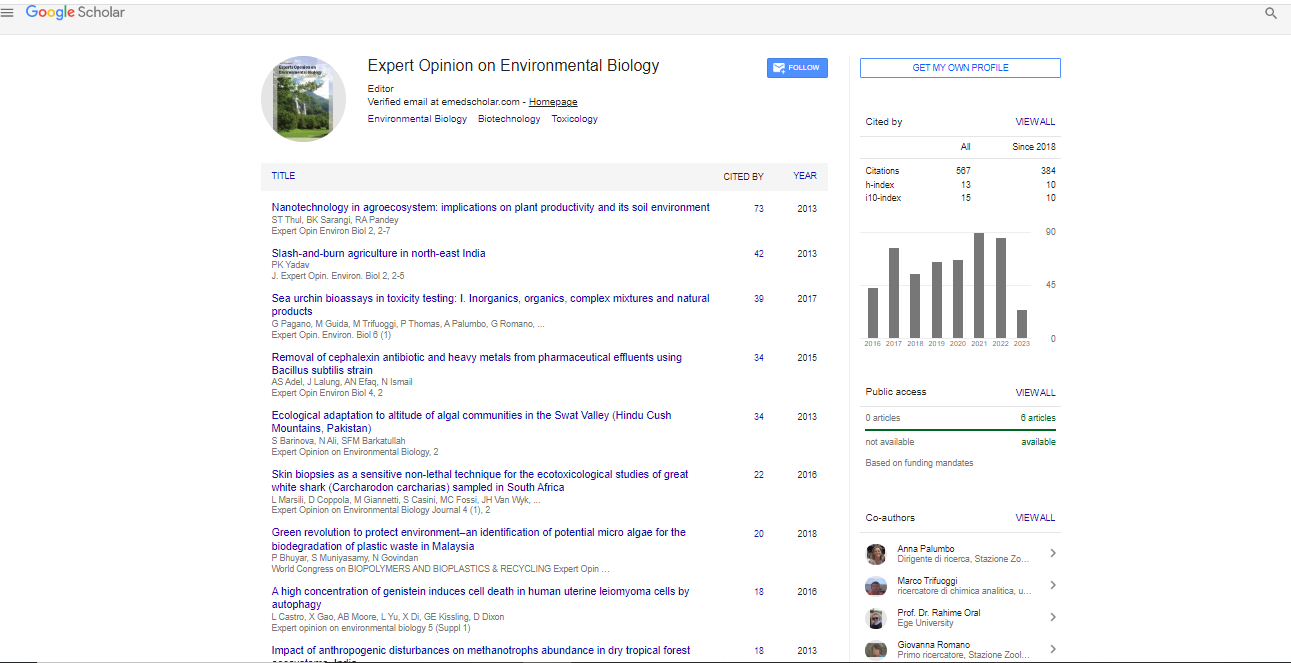Potential impacts of climate change on forest shrews as a model for extinction risk of a Afromontane small mammal in South Africa, Lesotho and Swaziland
Ogony L O and Ogola J S
University of Venda, South Africa
: Expert Opin Environ Biol
Abstract
Climate change has been identified as one of the main drivers of biodiversity loss across the globe as it results in alteration of the species habitats. This study investigated the potential impacts of climate change on forest shrews (Myosorex species) endemic to South Africa, Lesotho and Swaziland. The study investigated the potential impacts of climatic variables (temperature and rainfall) on the distribution of M. cafer, M. varius, M.sclateri,M. longicaudatus and Myosorex cf. tenuis in space and time. Ecological niche modelling using Maxent was applied to predict current and future distribution of these species. Eight bioclimatic variables for current and future projected scenarios together with occurrence data from South African Museums and published data were used to build the models. Equal sensitivity and specificity threshold were used to map suitable habitat and the number of pixels were counted to get the present and future range including percentage decrease or increase in range. The current distributions and the future distributions for all the species were compared to determine the range shifts. The model results for range shifts revealed contraction of current suitable habitat of the more temperate species such as M. cafer, M. longicaudatus and M. varius while those from the subtropical or coastal lowland ranges (M. sclateri and Myosorex cf. tenuis) will increase the range of current suitable conditions by the year 2070. The increase of suitable conditions for M. sclateri and Myosorex cf. tenuis may not be realised due to their poor dispersal capability and the absence of suitable habitat such as forest in the new range. M. longicaudatus showed greatest contraction of suitable habitats, consequently, will experience the highest risk of extinction, at least in some parts of its range as a result of global warming associated with climate change by the year 2070. The results showed that global warming is an important factor that results in range shifts, thus affecting the distribution of Myosorex species in South Africa, Lesotho and Swaziland.
Biography
Email: lilyodiyo@yahoo.com
 Spanish
Spanish  Chinese
Chinese  Russian
Russian  German
German  French
French  Japanese
Japanese  Portuguese
Portuguese  Hindi
Hindi 
